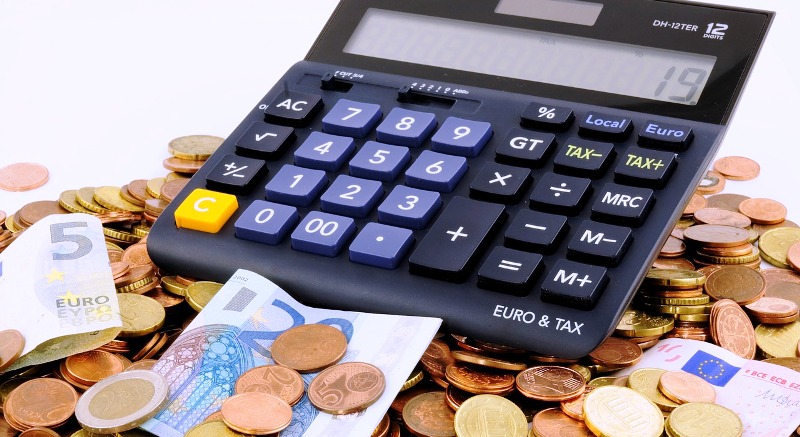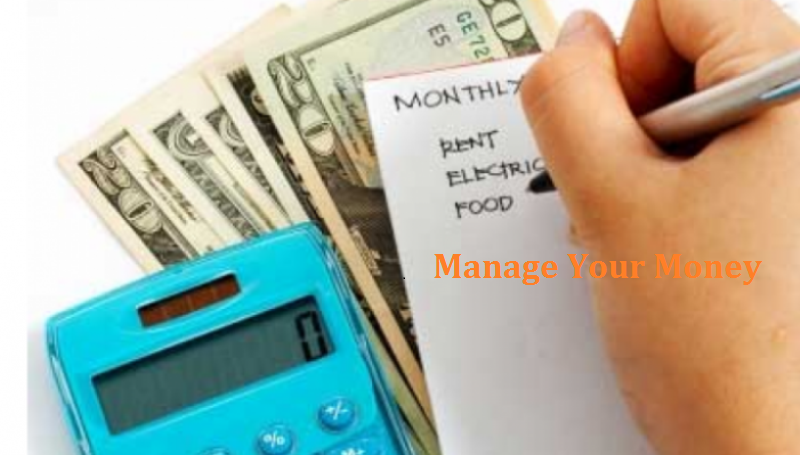The process of buying a car is rarely done without funding. If you find that the field of car loans is complex, then to help you understand the basics of financing at a car dealership we will here discuss the in and out of car financing.
The first step is to validate your credit rating. This is the basis of all loans. The higher your score, the easier it will be to get a loan for your future car. If you paid regularly for your previous credits your rating will be maintained at a good level. But in case the situation is not that favorable for you here are the solutions:
1. If you have never obtained credit
If you have never applied for financing, you can access credit in a number of ways, the two most common ones being:
Appealing to a co-applicant (endorser)
The dealer will verify the credit rating of your co-applicant. To endorse you, he will have to have a good credit record. The endorser has to commit to guarantee the loan in the event of default. In addition, you should also know that the loan endorsed will be registered in your credit file as well as his.
Join the first buyer program
This one allows you to obtain financing, provided you fulfill certain criteria. You may have to provide proof of work of at least 3 months and proof of income and/ or deposit an amount in cash. You may have to respect a maximum amount to borrow for a first loan.
Performing multiple credit applications in a short period of time can affect your credit rating. For example, applications for a vehicle loan, for furniture, a house, or credit cards in large numbers in a very short time can make future creditors more cautious.
2. If you had difficulties in the past with your credit rating
In case you have already borrowed, but you have not been able to fulfill your payment commitments, it is still possible for you to get a loan through second and third chance credit to your dealer. Of course, compliance with a variety of different criteria will be required.
A second or third chance credit loan can help you, gradually, rebuild your credit rating. Financing a vehicle is considered to be a long-term loan will demonstrate to creditors your willingness to meet your commitments.
Different interest rates
There are two types of rates, usually associated respectively with the purchase of a new car and a used car.
Preferential rates
Usually reserved for new vehicles, most manufacturers’ rates are between 0% and 3.99%. The interest rate offered at the time of your purchase will be set by the manufacturer according to the model of the chosen vehicle and the term. It will be much the same everywhere in the USA.
Standard rates
Usually reserved for used vehicles, they vary between 3.69% and 9.99%.
The terms of repayment
To establish a term that suits you, you will have to rely on your personal budget and the management of your finances. If your credit rating is good, it will be up to you to set the amount you can pay per year and determine the terms of payment. Choosing a payment frequency, weekly, biweekly, or monthly will not make a big difference to the interest paid in the end.
You can then think of the term: that is, how many months you would like to repay your loan. Sometimes, you will prefer to repay your payment over a longer term to have the desired model of vehicle with the monthly payment fixed at the beginning. Also consider the possibility of giving a cash amount, or leaving your vehicle in exchange to adjust your monthly payment to your initial budget. In the case where the dealer takes your vehicle in exchange, this allows a tax saving. An on-site advisor can offer you several options to get the monthly payment that fits your budget.
All funding terms such as weekly, bi-weekly, bi-weekly or monthly are not available in all financial institutions. You must, therefore, agree in advance and validate the options available at the dealership.
If you want to sell your vehicle before you finish paying
If you want to sell your vehicle, you have several options, the two most common ones are:
You can leave the vehicle for sale at the dealership when you buy or lease a new vehicle. If there is still a link (that is, there is always an active balance on the loan) on the vehicle left in exchange, the dealer will send a check directly to the originating financial institution. Although the dealer often gives you less than the market value since your vehicle is dedicated to resale, you could save tax on your purchase. For example, if your new vehicle costs $ 40,000 and the dealer gives you $ 10,000 for your old vehicle, you will pay sales tax on only $ 30,000.
You can sell your car to an individual. In this situation, you must make sure you have repaid your loan in full. Several rules govern the sale to an individual, particularly with respect to the QST. Ask the SAAQ in advance to avoid unpleasant surprises. A buyer may and should ask you for proof that the vehicle is royalty-free, that is, the debt is fully paid at the time of purchase. It may require an official document from the Register of Personal and Movable Real Rights (RDPRM). You will have to shell out a few bucks and enter your serial number to get it.
Conclusion:
when you decide to buy a vehicle at a dealership it is advisable that you talk to a consultant who can accompany you. Feel free to express your needs and budget right from the start. By having this basic information, they will be better equipped to allow you to buy the vehicle that meets your needs and your budget. It’s their job to help you be happy with your purchase.






























